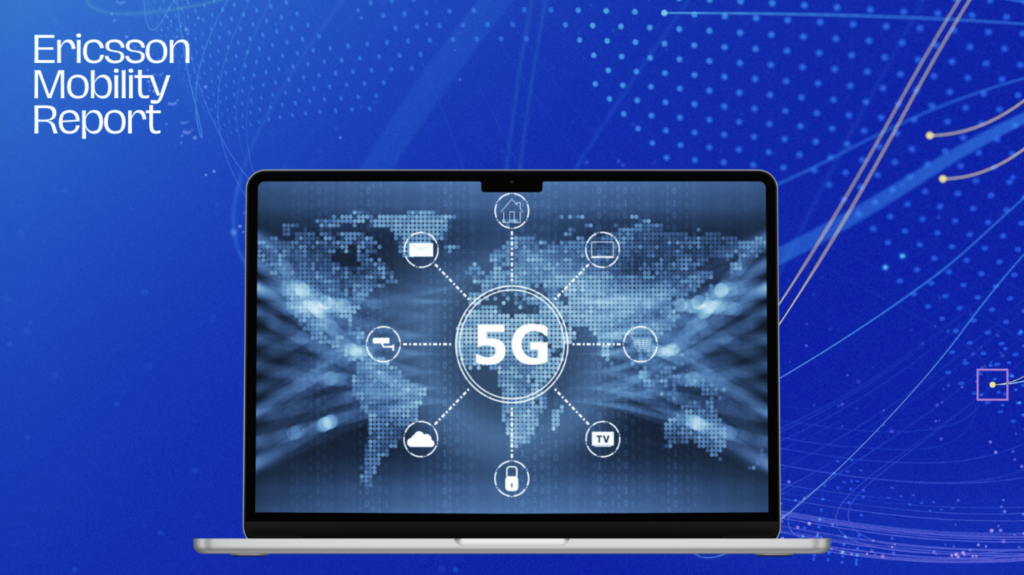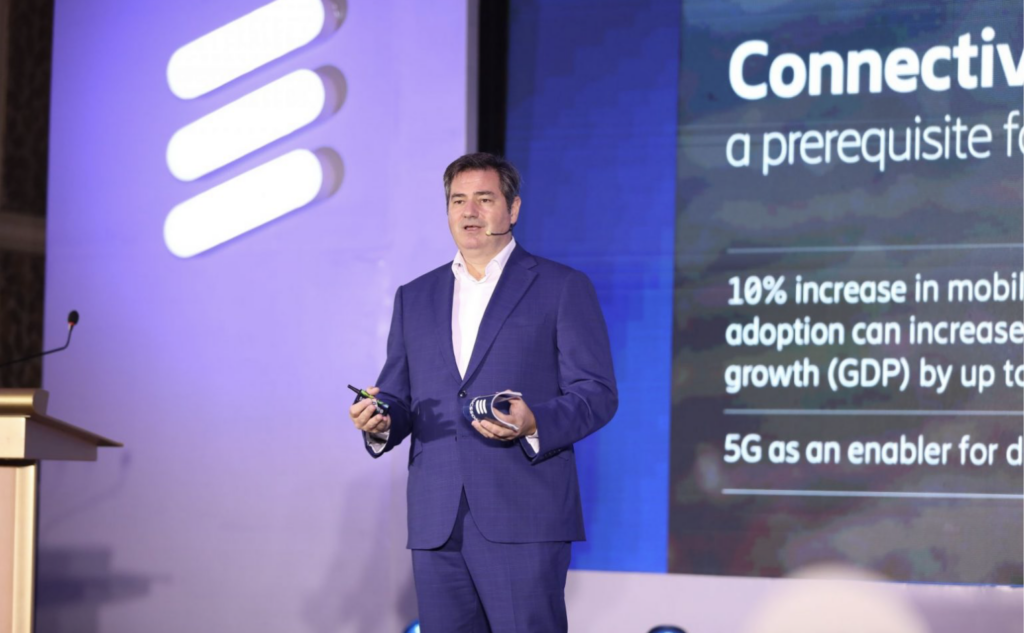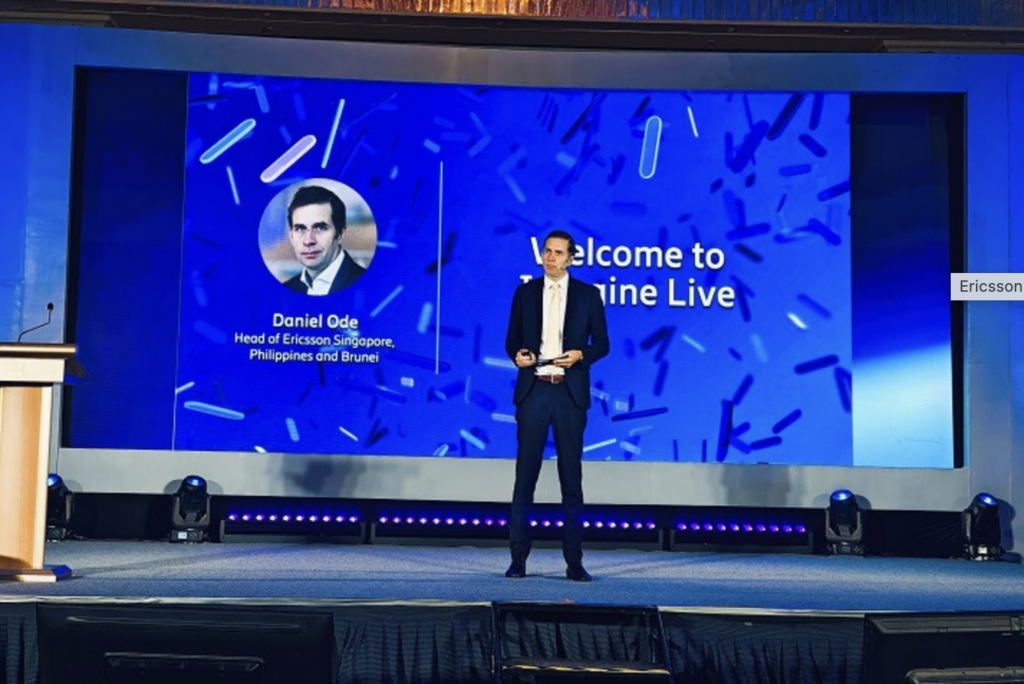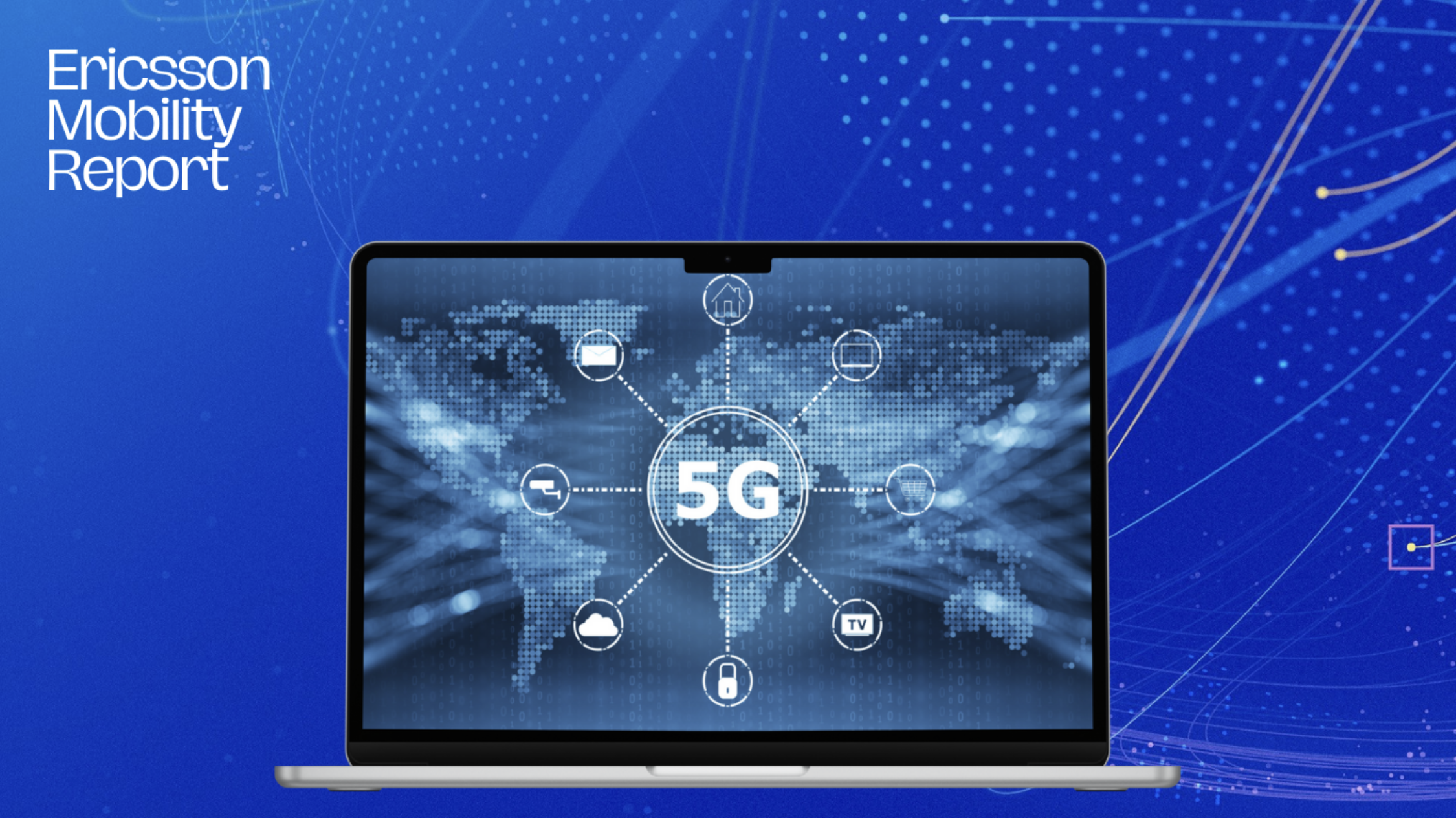According to Ericsson, a leading provider of mobile connectivity solutions, 5G Standalone (5G SA) and 5G Advanced are expected to be key focuses for communications service providers (CSPs) for the remainder of the decade as they deploy new capabilities to create offerings centered on value delivery rather than data volume.

Ericsson Mobility Report’s latest findings
The analysis is included among a wealth of statistical network insights in the November 2024 edition of the Ericsson (NASDAQ: ERIC) Mobility Report, which extends the forecast period until the end of 2030.
According to the report, the rate of mobile network traffic data is expected to grow almost three-fold by the end of 2030 from present day numbers.
The report highlights how early-mover service providers are already offering value delivery models based on differentiated connectivity — guaranteed uninterrupted high-end connectivity when you need it most — to create new monetization and growth opportunities.
Of about 320 CSPs currently offering commercial 5G services, less than 20 percent are 5G SA. The densification of mid-band and 5G SA sites is seen as a key catalyst to capitalize on the full potential of 5G, including programmable and intelligent network capabilities.
5G mid-band is currently deployed at only about 30 percent of sites globally. Almost 60 percent of the 6.3 billion global 5G subscriptions forecast by the end of 2030 are expected to be 5G Standalone (SA) subscriptions.
Ericsson sees 5G networks dominating mobile data traffic by 2030

Andres Vicente, Head of Ericsson Southeast Asia, Oceania, and India, emphasizes the importance of 5G in boosting PH’s digital infrastructure during the Ericsson Imagine Live event in 2024.
On global mobile data traffic, 5G networks are expected to carry about 80 percent of total mobile data traffic by the end of 2030 — compared to 34 percent by the end of 2024.
Fixed Wireless Access (FWA) continues to grow in popularity globally as the second largest 5G use case after enhanced Mobile Broadband (eMBB).
In four out of six regions, more than 80 percent of CSPs now offer FWA. The number of FWA service providers offering speed-based tariff plans – with downlink and uplink data parameters similar to cable or fiber offerings – has increased from 30 percent to 43 percent in the last year alone.
Of the 350 million projected global FWA connections by the end of 2030, almost 80 percent are forecast to be over 5G.
5G subscriptions to reach around 680 million

Daniel Ode, Head of Ericsson Singapore, Philippines, and Brunei, shared that as 5G smartphones become more affordable, adoption rates will also increase.
In Southeast Asia and Oceania region, 5G subscriptions are predicted to reach around 680 million by the end of the forecast period. In Australia, Malaysia, Singapore and Thailand, growth in the 5G subscriber base is driven by increased network coverage, greater awareness of 5G, the growing affordability of 5G devices and the continued focus by service providers on promotional plans.
5G was launched commercially in Vietnam in October 2024. Mature 5G markets such as Australia and Singapore continue to leverage advanced 5G capabilities to deliver new services and use cases. Customized 5G services for businesses are arriving in Australia, as service providers conduct trials and offer tailored connectivity solutions. Mobile data traffic per smartphone user in Southeast Asia is expected to grow from 19GB/month in 2024 to 39 GB/month by 2030.
According to Andres Vicente, Head of Ericsson Southeast Asia, Oceania, and India, research shows that increasing mobile broadband adoption can lead to an economic growth boost. “Ericsson research shows that a 10% increase in mobile broadband adoption can boost GDP by up to 0.8%. We’re eager to work with the Philippine government to strengthen digital infrastructure and drive economic growth through 5G,” he said in a speech delivered during the Ericsson Imagine Live event in 2024. He also explained how 5G can enable new innovations and speed up the country’s digitalization efforts.
For his part, Daniel Ode, Head of Ericsson Singapore, Philippines and Brunei stated, “Affordable 5G smartphones, coupled with a maturing 5G ecosystem will fuel the demand for mobile connectivity and data services in the Philippines. Data usage to in the country to grow at a CAGR of 20% between 2023-2029. Accelerated 5G deployment in Philippines can transform consumer experiences and drive the digitalization of enterprises.”
The report also addresses how AI, including Generative AI Applications – already integrated across smartphones, laptops, watches and FWA products – could impact uplink and downlink network traffic, driving potential mobile traffic growth beyond current baseline predictions.
Other featured report statistics include the projection that global 5G subscriptions are expected to reach almost 2.3 billion by the end of 2024, amounting to 25 percent of all global mobile subscriptions. 5G subscription numbers are expected to overtake the global number of 4G subscriptions during 2027.
The first 6G deployments are expected in 2030, building on and scaling the capabilities of 5G SA and 5G Advanced.
Read the full November 2024 Ericsson Mobility Report via this link.*
* Based on unique Ericsson and partner network insights, the Ericsson Mobility Report has been the key industry reference for network data, performance, statistics, and forecasts since its launch in 2011.








